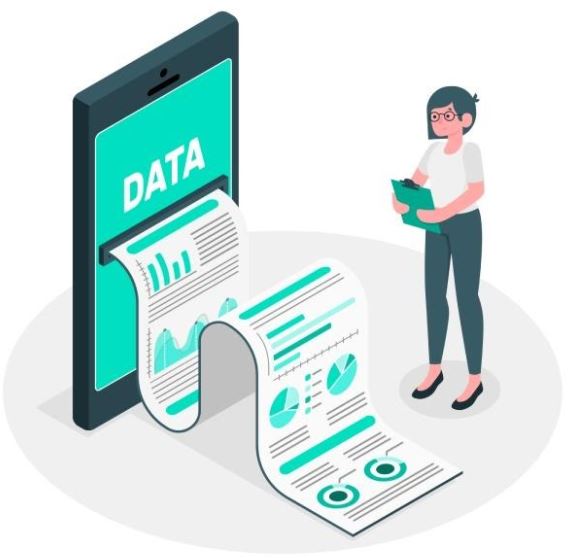 Professional sports are highly competitive. Even the slightest advantage can lead to a decisive victory that can firmly put a team within the annals of eternal glory. Most sports teams have a department of dedicated analysts that have been trained in taking all possible information from a game in order to learn from it and improve.
Professional sports are highly competitive. Even the slightest advantage can lead to a decisive victory that can firmly put a team within the annals of eternal glory. Most sports teams have a department of dedicated analysts that have been trained in taking all possible information from a game in order to learn from it and improve.
Advancements in technology have led to the creation of cloud-based sports analytics platforms that offer a medium through which information can be collected. They are great when trying to understand the performance level of a certain player – or their lack thereof.
Analytics platforms are highly customizable in order to fit the needs of their consumers, which generally tend to be professional sports team coaches and analysts. Anything from a player’s fatigue to their heart rate and level of physical acceleration can be tracked down in excruciating detail.
What Is a Sports Data Platform?
When people refer to a sports data platform, they tend to think of an analytics database. While this is certainly true, the term is not very specific, with there even being a popular web application of the same name (Sports Data Platform) that is used by the International Canoe Federation.
The large variety of analytics databases on the market is a huge boon to sports team managers, as they have a lot of options when deciding what tools they should use. New databases crop up every year, promising to be better than their competitors.
Any player worth their salt and ready to aim for the sky is going to be very interested in their post-game results. Realizing where a player is lacking is the best way to know where they have to improve. Since almost every trackable metric is detailed within an analytics database, it is easy to see why they are beyond useful for a professional athlete.
An example of how widely used analytics are is the fact that even high schools and colleges within the US use them in order to determine a student’s potential to become a professional. They have revolutionized the sports world ever since their release.
Almost all professional organizations that take care of sports teams are well-acquainted with analytics software in the form of cloud-based and big data applications. This information is collected through high-quality cameras and wearable gadgets such as tracking devices.
How Does a Sports Data Platform Work?
Analytics databases collect information in several ways. One of the most common data collection methods is through a very high-quality camera (at least 4K) that can track the movements of players on the field through artificial intelligence.
Another way is through devices that track factors such as injuries, body temperature, stress levels, overall mood, and even the menstrual cycle of a player. Monitoring this information is very helpful, as it offers a unique perspective on their performance.
Depending on the analytics database used, this information can be even tracked on the phone through an application, making use of built-in alerts and daily reports to keep you up to date with all the relevant statistics.
It doesn’t stop there, either. With the level of customization available to most sports data platforms, additional third-party devices such as GPS trackers can also be connected with the software in question for an even more in-depth analysis.
The funny term “fanalytics” has also been getting thrown around in the data collection industry. A great way to engage sports teams fans is by also giving them access to the data that’s been collected after a game. Discussing the performance of your favorite athletes over snacks or beer has been a favored past-time of many sports enthusiasts – now they can take it to another level.
The More You Know
A sports data platform is typically an analytics database and tool that has been designed for tracking the performance of professional athletes in as much detail as possible. They are absolutely imperative when trying to get ahead in a highly competitive sports environment, and it’s no wonder almost all (if not all) professional sports teams use them.
There are very many choices when it comes to picking your favored sports data platform. Our recommendation is to learn as much as you can about them before making a choice.











